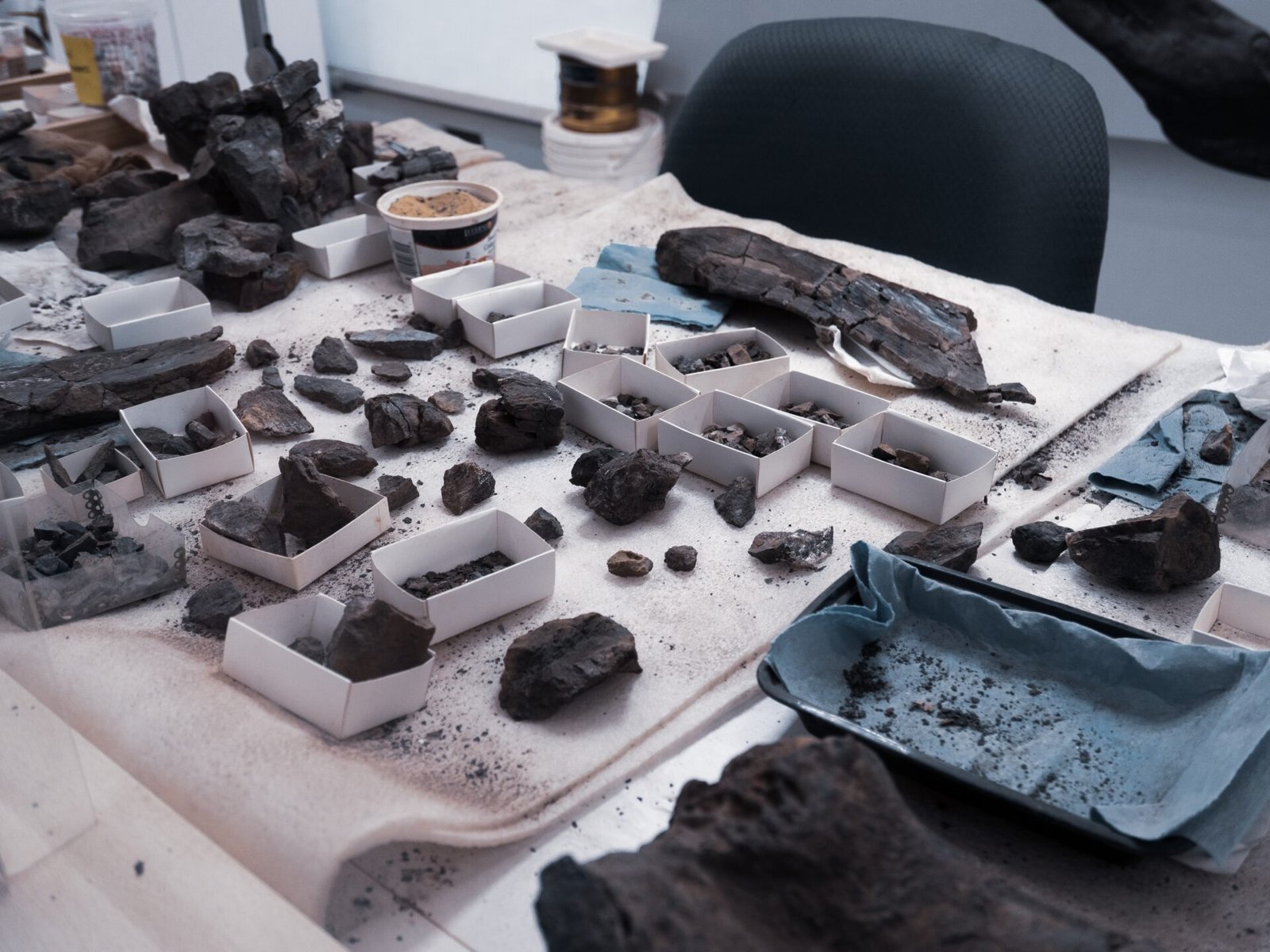Archaeologists in China have restored over 100 skulls believed to be from the Yunxian people, who lived in what is now known as Hubei province around 5,000 years ago. The skulls, which were discovered in the 1950s, had been damaged during their excavation and were stored in poor conditions for decades.
However, in recent years, the Chinese government has invested in the restoration and preservation of archaeological finds, leading to a renewed interest in the Yunxian skulls. The restoration work was carried out by a team of experts from the Hubei Provincial Institute of Cultural Relics and Archaeology.
The Yunxian skulls are notable for their unusual shape, with elongated crania and flattened faces. This has led some researchers to suggest that the Yunxian people may have practiced skull deformation, a form of body modification that was common in many ancient cultures.
However, other experts have disputed this theory, arguing that the skulls may simply represent a natural variation in the shape of the human skull. Regardless of the cause of the skull’s shape, the restoration work has provided valuable insights into the lives of the Yunxian people.
In addition to the physical restoration of the skulls, the archaeologists also used a range of scientific techniques to analyze the remains. This included DNA analysis, which revealed that the Yunxian people were closely related to other populations in the region, including the ancient inhabitants of the Yangtze River Valley.
The restoration and analysis of the Yunxian skulls have shed new light on the lives of this ancient people, who were part of the complex network of cultures that existed in China over 5,000 years ago. By piecing together fragments of the past, researchers are able to build a more comprehensive understanding of the history of our species, and the many different paths that human societies have taken over the millennia.
Read More:
